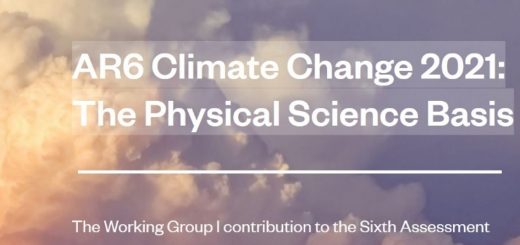N.947: New study offers a glimmer of hope for climate solutions success by DANA NUCCITELLI.
La ricerca sulla c.d. “incorporazione dei feedback sociali e giuridici” è sempre più diffusa nell’indagine scientifca sulle politiche di contrasto all’emergenza climatica. Essa lascia intravedere quanto più vantaggioso e risolutivo sia un approccio integrato alla conoscenza degli ostacoli che noi stessi frapponiano alle soluzioni sull’emergenza e alimentano un cauto ottimismo.Il problema, tuttavia, resta e riguarda il poco tempo a disposizione per attivare efficacemente questi “feedback incorporati”, i cui attori, il più delle volte, sono proprio gli ottusi artefici dei tipping point che paralizzerebbero questi “feedback”.
The vast majority of climate modeling studies treat human behavior as an external, unpredictable factor. They have projected how the climate would change in a variety of possible greenhouse gas emissions pathways, but have not evaluated the likelihood of those pathways.
That approach informs the public and policymakers about what climate paths they should follow in order to achieve the best outcomes for human society and other species, but it does not provide information about which of the nearly infinite possible paths societies most likely will follow. The Intergovernmental Panel on Climate Change (IPCC) uses scenarios ranging from less than 2 degrees Celsius (3.6 degrees Fahrenheit) to more than 4°C (7.2°F) warming above pre-industrial temperatures by 2100, but IPCC does not analyze the likelihood of each outcome.
To address that shortcoming, University of California Davis climate economist Frances Moore led a new study, published in the prestigious journal Nature, that incorporated seven social, political, and technological feedbacks into climate models. It’s an effort to assess which human emissions pathways are the most likely.
This approach “is important for adaptation because increasingly we need to give people information about what climate risks are going to look like over the next 50 or 100 years,” Moore said in a phone interview, which is very difficult if scientists are unable to constrain the likely range of human emissions over that period.
The results of the study provide reason for optimism: The Paris Climate Agreement targets remain within reach in about three-quarters of the 100,000 model simulations run by Moore’s team through the year 2100. While significant uncertainties remain, the study envisions a possible future in which a cascade of social and political and technological feedbacks could lead to an accelerating decline in human greenhouse gas emissions.










